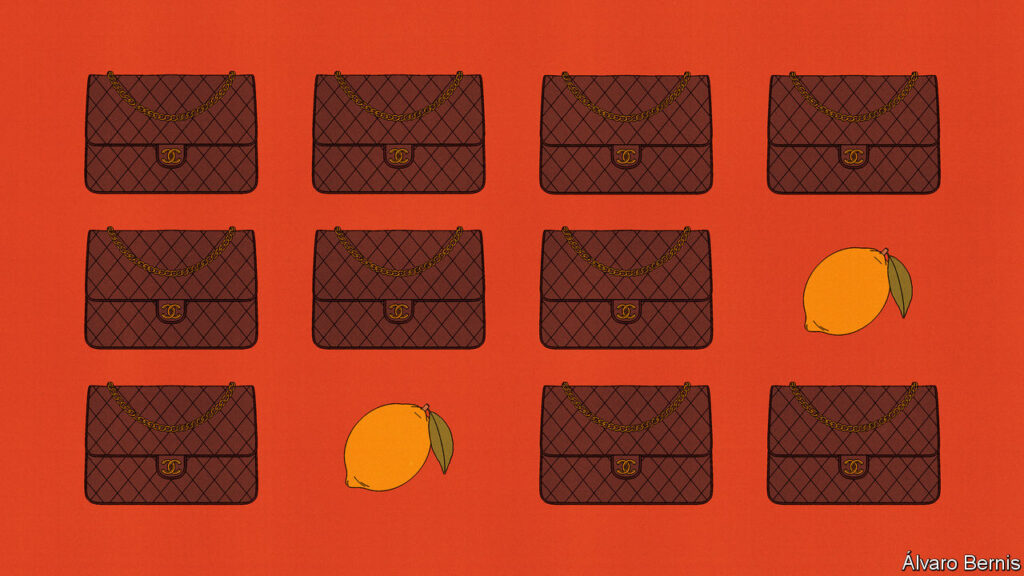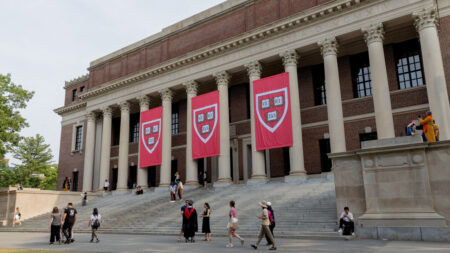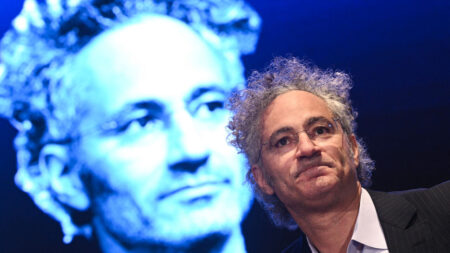The rise of counterfeit luxury goods has become a lucrative business, with sellers becoming more sophisticated in their attempts to replicate high-end products. Gone are the days of obvious knockoffs being sold on street corners in major cities. Instead, the counterfeit market has evolved to include high-quality replicas that are nearly indistinguishable from the real thing.
One could once easily spot a fake a mile off, with plasticky “Prado” wallets lining Canal Street in New York looking nothing like authentic Prada products. The fake Chanel bags being sold alongside them were lumpy, misshapen, and had a distinct odor of petrol. Anyone attempting to pass off one of these counterfeit goods as genuine would likely be met with skepticism and amusement.
However, the landscape of the luxury counterfeit market has undergone a dramatic transformation in recent years. Booming demand, advancements in technology, and opportunistic sellers have fueled a massive increase in the buying and selling of luxury bags. LVMH, a leading luxury conglomerate, experienced a 320% increase in leather goods sales from 2013 to 2023, reaching an impressive €42 billion. This growth far outpaced the global economy, which only saw a 30% increase during the same period.
With the rise of dedicated reselling platforms like the RealReal and Vestiaire Collective, the market for luxury goods has expanded exponentially. These platforms generate around $200 billion annually in revenues from reselling luxury bags and clothing. As a result, producers of counterfeit goods have also stepped up their game to meet the demand for high-quality replicas.
Women now gather in online communities on Reddit to “quality check” bags they have ordered from China using messaging app WeChat. Referred to as “superfakes” by the New York Times, these counterfeit products are meticulously crafted to mimic the design and quality of authentic luxury goods. They even replicate intricate details such as the number of stitches on each side of the classic Chanel quilted diamond pattern. Despite costing only a fraction of the original price, these “superfakes” are nearly identical to the real thing, making it challenging for consumers to differentiate between counterfeit and authentic products.
In conclusion, the market for counterfeit luxury goods has evolved significantly in recent years, with sellers producing increasingly sophisticated replicas that closely resemble authentic products. The rise of online reselling platforms and advancements in technology have contributed to the exponential growth of this industry, with revenues reaching an astonishing $200 billion annually. As consumers continue to seek high-end goods at discounted prices, the demand for counterfeit luxury items shows no signs of slowing down. Authorities and consumers alike must remain vigilant in identifying and addressing the proliferation of counterfeit goods to protect the integrity of the luxury market.












